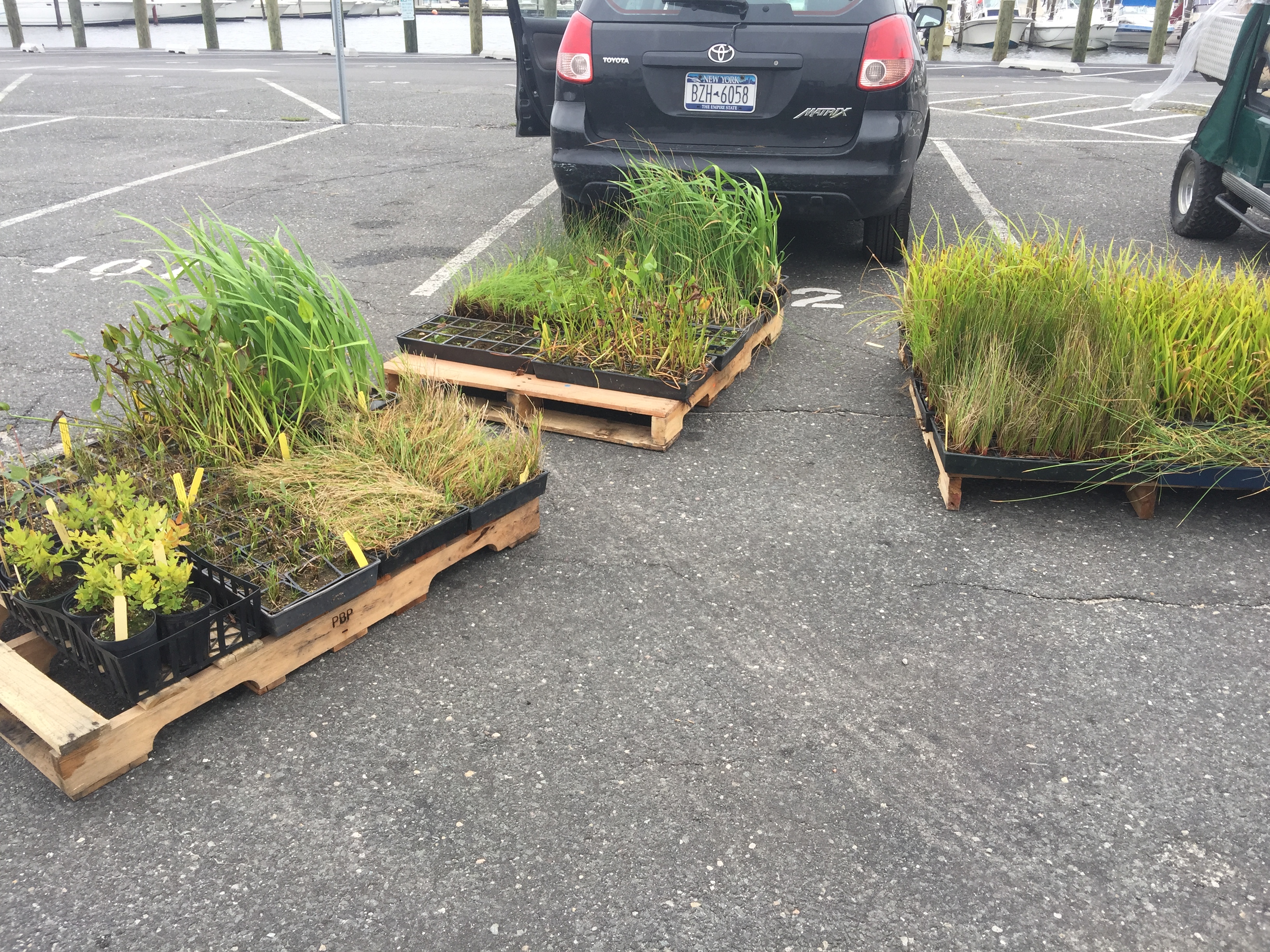Native plants are equipped to live under a specific set of conditions including but not limited to climate, soil types, amount of sunlight, and surrounding species of flora and fauna. Plants and animals that have evolved together depend upon one another for survival. Native plants do a better job of providing food and shelter for native wild animals. Sometimes, only a single species or sub species can fill a niche role in an ecosystem. For example the iconic monarch butterfly relies on a single species of milkweed in order to survive. It lays its eggs on the fleshy, sap-filled leaves. Larvae feed on the plants sap, absorbing the toxins which remain in the insect throughout adulthood, making them resistant to predation. Milkweed plants are often destroyed in agriculture in landscaping. Many do not realize the plants serve a significant function in the lifecycle of an iconic species.
Problems often arise when homeowners or professional landscapers plant. In my experience as a landscaper in central Connecticut, aesthetic value often overrules the use of native plant species in decorative landscapes. Clients often have a very specific idea of what they want to achieve, and many falsely assume that planting natives will result in a look far from the immaculate images in their minds.
At Eco Brooklyn, almost all of the plants used in landscapes are native. In rare cases, the species that aren’t are not harmful to the surrounding ecosystem, have a low probability of environmental contamination, and require low levels of maintenance. The aesthetic created captures the natural beauty of the New York City area. Planting native landscapes in gardens, rooftops, and natural swimming pools is not only for aesthetic reasons however. A changing attitude about the plants we interact with is the most valuable result of planting native. Changing the common opinion on natural plants from a method that, although environmentally sound, will lead to lackluster results, is paramount to creating a healthier urban ecosystem.

To carry out our projects, plants are sourced from the Greenbelt Native Plants Center. Greenbelt is a nonprofit nursery and seed bank located in Coney Island serving all 5 NYC boroughs. It specializes in providing native plants, grown on its 14 beautiful acres, to the NYC Department of Parks and Recreation as well as professional landscapers in order to restore degraded land and enhance the city’s green spaces. There are over 2000 plants native to the New York area, 336 of which are cultivated using seeds collected from wild, local populations. Species also include submersibles, plants that thrive underwater some or all of the year, often a rarity for growers.
For Eco Brooklyn’s most recent natural pool project on Fire Island, over 800 native submersibles from grasses such as sedge to brightly flowered irises were used. Due to Greenbelt’s status as a nonprofit organization, the plants are extremely affordable, and the staff is extremely knowledgeable about their products, providing consultations and advice on the plants they care so much for. We simply could not do what we do without the easy access, and I would like to encourage anyone interested in taking a thoughtful approach to landscaping.
